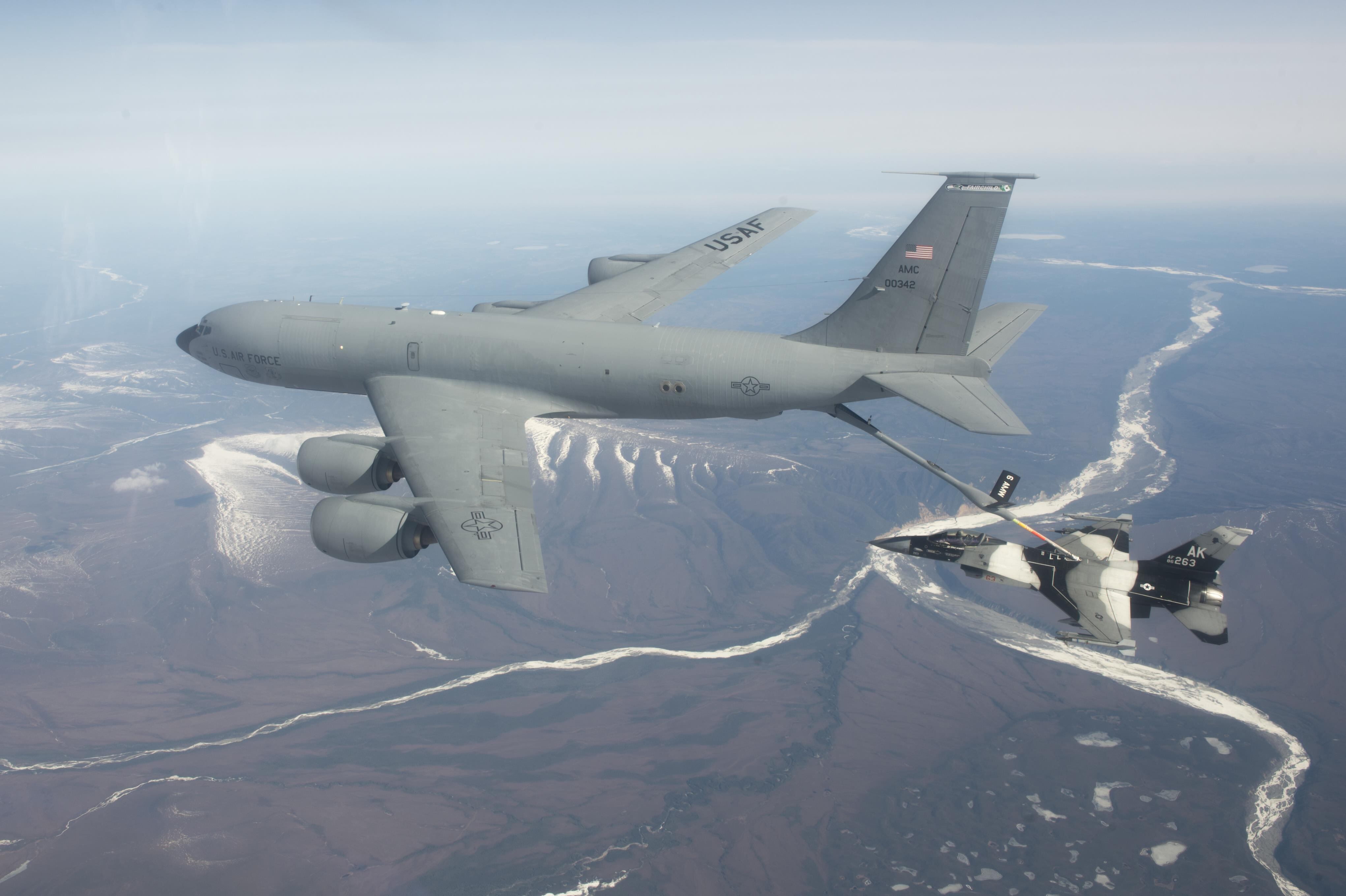Involuntary separations of up to 12 months ahead of a soldier's ETS have been authorized for certain Regular Army enlisted soldiers who are assigned to units scheduled for deployment or deactivation, and who decline to re-enlist or extend as the Army draws down.
The special policy, called the Enlisted Involuntary Early Separation Program, mirrors a similar policy in effect during 2014. The program applies to three categories of active component (Regular Army) soldiers:
Units Scheduled for Contingency Deployment: Soldiers assigned to units that are deploying in support of a named contingency, such as Resolute Support in Afghanistan, and who will have six months or less of service remaining when their unit arrives in theater will be involuntarily separated up to 12 months in advance of their contracted ETS if they do not re-enlist or extend to stay with the unit through the deployment.
Units Scheduled for Inactivation: Soldiers assigned to inactivating units with ETS between the inactivation date and inactivation plus 365 days, and who elect not to re-enlist or extend, will be involuntarily separated up to 12 months before their ETS.
Units Scheduled for Korea Rotation: Soldiers who do not re-enlist or extend to meet the service remaining requirement for a Korea rotation plus 90 days, and who cannot be effectively used by other units at the same installation, will be subject to involuntary early separation.
Soldiers who are subject to involuntary release will be notified of their early separation by their chain of command. The approval authority will be a commander with special courts martial convening authority, typically a colonel or general officer.
Soldiers who are given an adjusted ETS, but who subsequently want to re-enlist or extend, should contact their local career counselor. Commanders can request an exception to policy from the Human Resources Command.
It does not apply to soldiers with fewer than 36 months of service, and career soldiers who would have 15 years of total service at the time of involuntary separation from active duty.
As a drawdown tool, it complements the Enlisted Voluntary Separation Program for soldiers who are denied re-enlistment, or who want to leave service early to accept employment in the civilian sector.

Both programs are expected to remain in effect during calendar 2015.
The Army plans to inactivate six brigade combat teams this year as part of a sweeping reorganization and drawdown for reaching an active component end strength of 490,000 soldiers by Sept. 30. The manning goal is about 10,000 fewer troops than are in the force now.
Barring unexpected changes, the Army will have 32 brigade combat teams when it reaches 490,000 soldiers in September.
Two of the brigades slated for inactivation this year, the 2nd BCT of the 4th Infantry Division, Fort Carson, Colorado, and the 2nd BCT of the 3rd Infantry Division, Fort Stewart, Georgia, were taken off the active rolls in mid-January
Other brigades slated for inactivation this year include 1st BCT of the 2nd Infantry Division, which has been forward deployed in South Korea for nearly 50 years. Known as the Iron Brigade, this unit will be replaced by a rotational BCT from the United States.
The 2nd BCT of the 1st Cavalry Division, Fort Hood, Texas, will pull the first nine-month Korea rotation, beginning in June.
The Involuntary Early Separation Program now in effect is similar to another program used in 2009-2012 when the Army phased out the stop-loss and stop-move policies that generally required short-timers to remain with their units through the end of a deployment, even if their enlistments expired.
Separations under the 2015 program will be administered under the provisions of Army Regulation 635-200 (Administrative Separations), which authorizes early outs "for the convenience of the government."
While technically classified as involuntary separations, soldiers who are forced to leave service early under this program remain eligible for regular post-service benefits, such as Veterans Affairs programs and the post-9/11 GI Bill.
As stipulated in drawdown legislation enacted by Congress in 2012, this type of separation "does not affect any right, privilege or benefit that soldiers are otherwise entitled had they completed their enlistment or extended enlistment, except that the soldiers are not eligible for pay and allowances for the period not served."
Soldiers who are separated under this program will be issued a DD Form 214 (Certificate of Release or Discharge from Active Duty) that indicates they were separated because of "insufficient retainability." The separation designator codes will be LBM (service-initiated release) or JBM (transfer to another component).
The Army will not recoup any unearned portions of enlistment or re-enlistment bonuses as a result of this program.
Additionally, soldiers with an adjusted expiration term of service, or ETS, date cannot be forced to sell back unused leave.
Depending on accrued leave, and a soldier's election to take transition leave, commanders have the flexibility to adjust ETS dates by one to three months, but not beyond the soldier's contractual ETS.
Separation pay is not authorized for soldiers who are assigned to units scheduled for a contingency deployment (such as Afghanistan), but is authorized for soldiers assigned to inactivating units and brigades slated for deployment to Korea.
Staff writer Michelle Tan contributed to this report.





